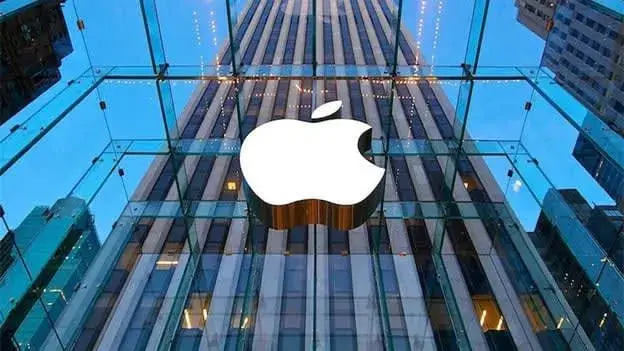Apple is reportedly set to enact a significant shift in its iPhone release strategy, potentially "skipping" the traditional iPhone 18 launch next year in favor of a staggered release approach. This marks a departure from the company's decade-long tradition of annual fall releases, signaling a new direction in how Apple introduces its smartphone technology.
Instead of a single, large-scale launch event in September 2026, Apple is expected to unveil its high-end models, including the iPhone 18 Pro, iPhone 18 Pro Max, and its long-rumored foldable iPhone, during the usual fall window. The more affordable models, such as the standard iPhone 18, iPhone 18e, and a potential update to the iPhone Air, are anticipated to follow in the spring of 2027.
This biannual release strategy aims to distribute revenue more evenly throughout the year and alleviate pressure on Apple's engineering, marketing, and supply chain teams. The concentrated fall schedule has reportedly led to internal strains and challenges, such as the rushed introduction of Apple Intelligence in 2024. By spreading out the launches, Apple intends to provide more room for new designs and technologies, ensuring smoother product rollouts.
The strategic shift also allows Apple to better compete with rivals like Samsung, who have long employed staggered release schedules for their Galaxy and foldable devices. This approach prevents premium and budget models from competing for attention during the same marketing window, potentially maximizing the impact of each release.
The new approach is expected to continue for years to come, with Apple launching between five and six new iPhone models annually instead of the traditional four released simultaneously. The company is reportedly planning three brand-new iPhone models in the next three years, including the foldable iPhone in the fall of 2026 and a high-end model with a curved glass screen and a hidden camera in 2027.
The next-generation iPhone Air will focus on adopting a 2-nanometer chip for improved battery life rather than structural changes. While adding a second camera is "technically possible," it is considered unlikely given the device's already crowded design and modest sales performance. The spring releases will also bring major smart home devices, updated Macs, and refreshed iPads, giving Apple consistent product momentum throughout the year.
However, this change carries potential risks, including alienating customers accustomed to Apple's traditional fall launches. It remains to be seen how consumers will respond to the new release schedule and whether it will achieve Apple's goals of revitalizing sales, managing production pressures, and strengthening its competitive position.















